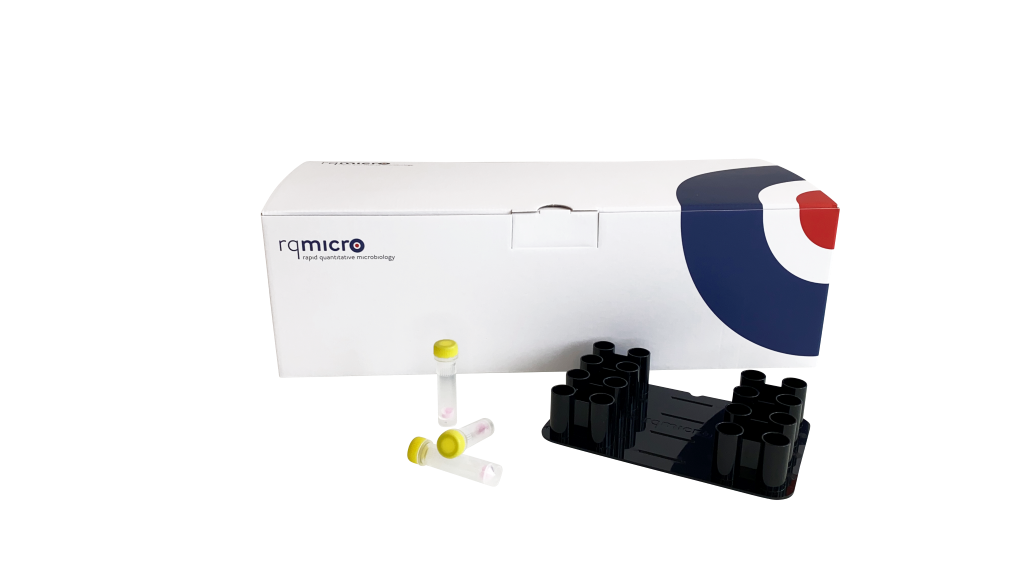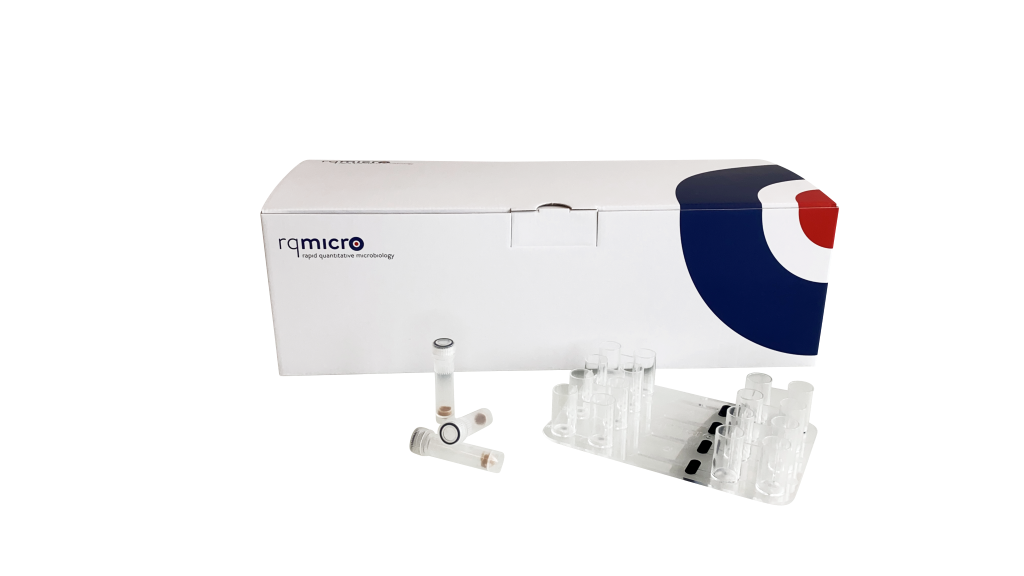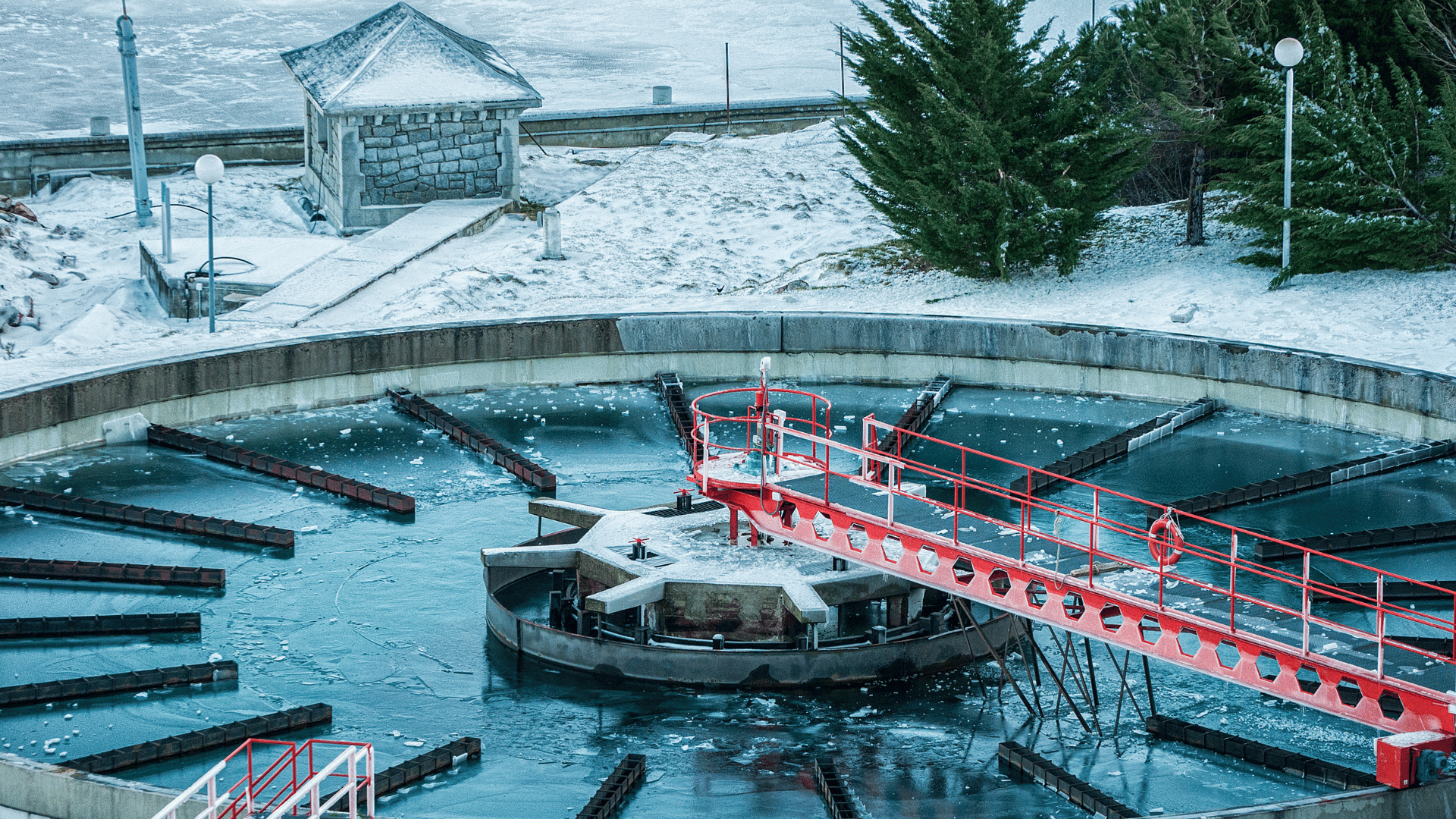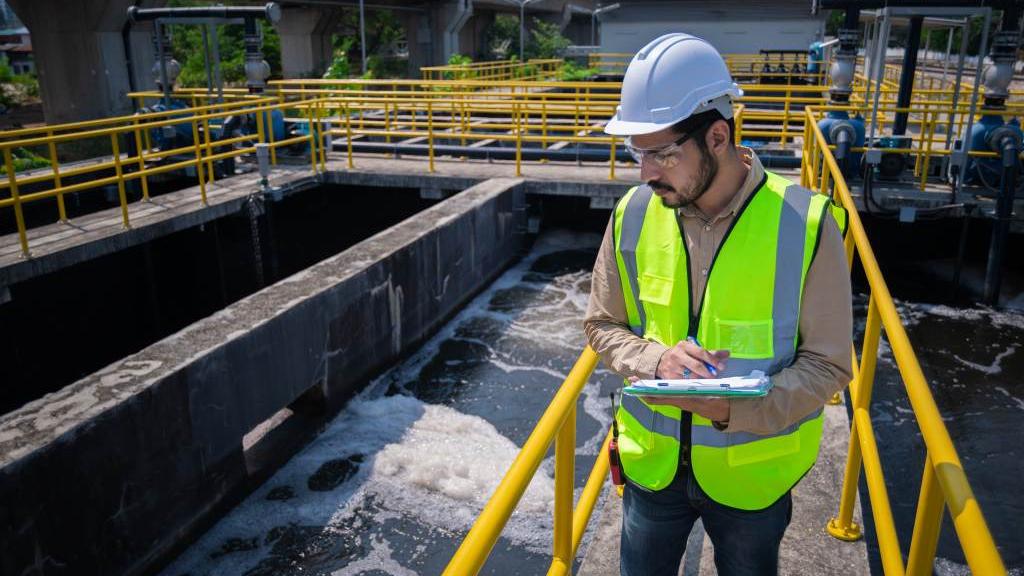Municipal Water Management
Industry
Providing Safe Water Requires Effective Microbial Control
Municipal water management includes a number of critical processes, including:
- Raw water abstraction
- Water treatment
- Water storage and distribution
- Wastewater collection and treatment
- Water discharge or reuse
The reuse of purified wastewater for purposes such as agriculture, industrial applications, and consumption has emerged on a global scale as a significant and widely recognized trend. The United Nations recognized water reuse as an important tool to promote sustainable development. As a result, the importance of microbial risk management has increased.
Water is a vital resource for society, but it also serves as a natural habitat for a wide range of microorganisms. Quality managers at water supply and wastewater treatment plants use a variety of analytical technologies to continuously verify the safe and efficient operation of their plants.
The rqmicro.COUNT instrument provides quantitative data on total viable cells, viable Legionella, and viable E. coli in short time. The solution thus contributes to enhanced, yet cost-effective water quality control and public safety.
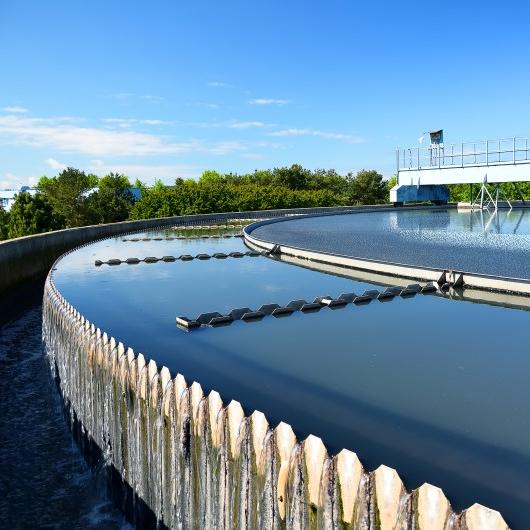

Water Supply
Water utilities source water from a variety of natural sources. A few common water sources used include surface water, groundwater, rain water reservoirs, and spring water.
Responding to Contamination: Strategies for Effective Bacterial Control
Bacterial contamination can be introduced into any water source. Therefore, water utility managers must perform fast and accurate regular testing into their protocols to ensure that source water is safe before entering the water distribution system. If contamination is detected, managers must quickly determine the type and quantity of the bacteria to treat effectively. As such, water utility teams must regularly monitor water quality accurately before, during and after treatment.
In the case of water utilities, the Critical Control Points (CCPs) are places where water quality can be impacted, and control measures must be applied to maintain safe and clean drinking water. Some CCPs for water utilities include:
- Source water
- Different steps of water treatment processes
- Distribution system monitoring
Learn more about the use of flow cytometry with water utilities.
Water Distribution
A water distribution system comprises various components that work together to deliver safe and clean drinking water. While many components contribute to the overall functionality of the system, some are more susceptible to bacterial contamination than others.
The most common reasons for water contamination during delivery to customers include:
- Aging infrastructure: Water pipes can corrode or become damaged, allowing contaminants to enter the water supply.
- Cross-connection: Non-potable water, such as wastewater or irrigation water, enters the drinking water system through a connection between the two systems.
- Backflow: Water flows in the opposite direction from its intended flow, which can lead to the introduction of contaminants into the water supply.
- Water main breaks: Contaminants enter the water supply through cracks and leaks.
- Human activities: Construction, excavation, and illegal dumping can damage pipes and distribution systems, leading to contamination.
- Natural disasters: Floods, hurricanes, and earthquakes can damage infrastructure and cause contamination in the water supply.
Read our blog post: Monitoring and Testing Considerations for Water Utilities
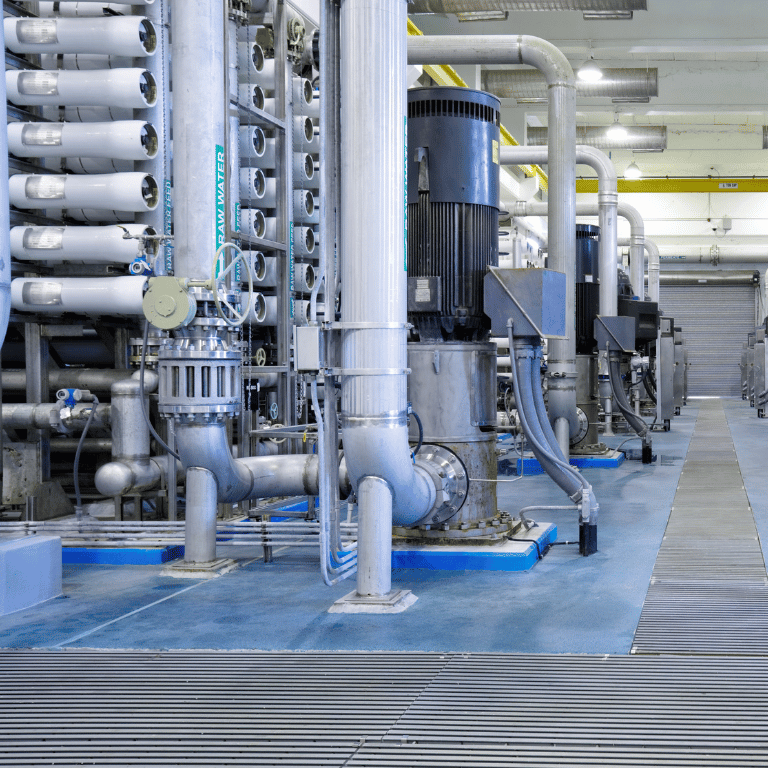

Water Distribution
A water distribution system comprises various components that work together to deliver safe and clean drinking water. While many components contribute to the overall functionality of the system, some are more susceptible to bacterial contamination than others.
The most common reasons for contamination during delivery to customers include:
- Aging Infrastructure: As the pipes and distribution systems age, they can corrode or become damaged, allowing contaminants to enter the water supply.
- Cross-Connection: Cross-connection occurs when non-potable water, such as wastewater or irrigation water, enters the drinking water system through a connection between the two systems.
- Backflow: Backflow occurs when water flows in the opposite direction from its intended flow, which can lead to the introduction of contaminants into the water supply.
- Water Main Breaks: Water main breaks can allow contaminants to enter the water supply through cracks and leaks.
- Human Activities: Human activities such as construction, excavation, and illegal dumping can damage pipes and distribution systems, leading to contamination.
- Natural Disasters: Major events such as floods, hurricanes, and earthquakes can damage infrastructure and cause contamination in the water supply.
Read our blog post: Monitoring and Testing Considerations for Water Utilities

Wastewater Treatment
Municipalities have complex infrastructure set up to treat the waste water generated from domestic, industrial, and commercial sources.
Health and Safety Considerations in Wastewater Treatment Systems
While these systems are designed to effectively treat wastewater, there are potential health and safety considerations, particularly regarding bacterial contamination. Here are the key components of a wastewater treatment system and their associated considerations:
- Collection systems, including sewer pipes and pumping stations, can potentially harbor bacterial contamination due to the presence of untreated or partially treated sewage. Breaks or leaks in sewer lines can release bacteria into the surrounding environment.
- Screening and pre-treatment, including filters and grit chambers, are used to remove large debris and solid particles from wastewater. These solids can contain bacteria and pathogens, so proper disposal of removed solids is important to prevent environmental contamination.
- Primary treatment involves the settling of suspended solids in wastewater. While it reduces the bacterial load to some extent, the effluent can still contain harmful bacteria. Effective disinfection is necessary before discharge.
- Secondary treatment (biological treatment) uses microorganisms to break down organic matter in wastewater. While this process reduces bacterial populations, it also introduces a significant amount of bacteria into the system. Proper control of the treatment process is essential to prevent the release of harmful bacteria into the environment.
- Tertiary treatment further refines the effluent to remove remaining contaminants. Disinfection through methods like chlorination or ultraviolet (UV) treatment is crucial to kill harmful bacteria before discharge.
- Disinfection is a critical step to eliminate or reduce bacteria and pathogens in the treated wastewater. Proper dosage and monitoring of disinfection agents are essential to ensure effective bacterial control without creating harmful disinfection byproducts.
- Sludge treatment and disposal deals with byproduct of wastewater treatment and require careful management to prevent bacterial contamination of soil, water bodies, and the atmosphere.
- Odor control is necessary because bacterial processes in wastewater treatment can produce foul odors. Proper odor control measures are necessary not only to prevent nuisance but also to reduce the risk of harmful bacterial aerosols being released into the air, such as those containing Legionella.
rqmicro.COUNT
Designed for on-site use, the rqmicro.COUNT instrument simplifies and automates flow cytometry (FCM), ensuring accurate and reliable water testing. The number and viability of bacterial cells can now be easily detected by fluorescent light signal and the resulting data is aggregated and contextualized in the rqmicro.COUNT instrument.
Enhancing quality assurance and quality control
- Decentralized water testing: Due to its portability, rqmicro.COUNT empowers water experts to conduct decentralized water testing and promptly implement essential interventions.
- High-speed single-cell analysis: Flow cytometry (FCM) is an optical single-cell counting technology that enables the detection and quantification of microbes independent of their cultivability and provides results within short time.
- Rapid response time: First results are available after 30 minutes from taking the sample and thereby rqmicro.COUNT is a perfect solution for daily and routine monitoring performed by water utilities.
- Easy to use: Because of its ease of use, it is easy to deploy on-site at area of suspected contamination, saving time and eliminating additional logistical expense.
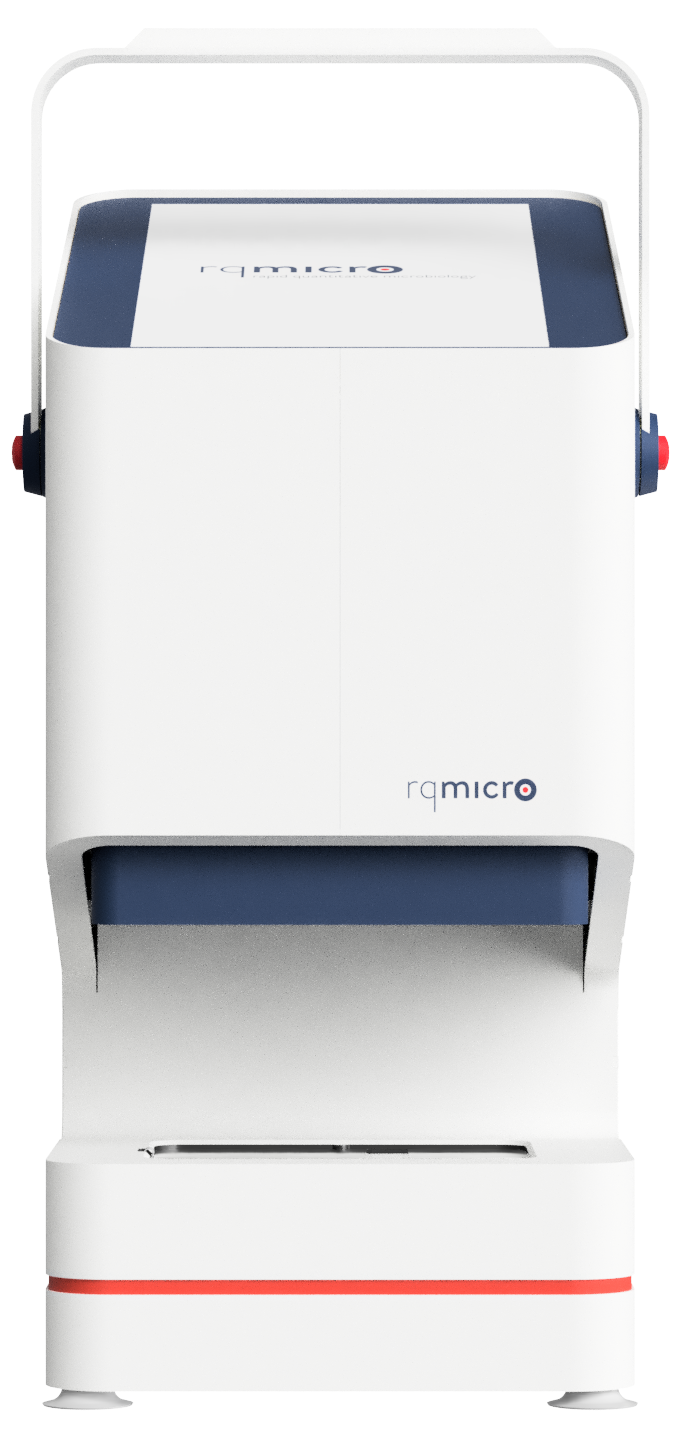
Benefits
Reliable Microbial Monitoring
- rqmicro.COUNT uses single-cell counting technology to provide reliable analysis of total microbial load and specific cells Legionella and E. coli in water systems.
- Municipal water management benefits from a powerful instrument for routine use and ad-hoc testing during adverse events and for inspections.
Reduced Operating Costs
- Saves time spent for microbial analysis and avoids additional logistical expenses of transporting water samples to the lab.
- With more precise and timely available data, helps to optimize disinfection regimes and reduce associated costs for energy and biocides.
Improved Quality Management
- The large majority of bacteria in drinking water goes undetected by cultivation-based methods, which are still widely used today.
- rqmicro.COUNT enables water quality managers to take the next step in providing valuable, data-based advice to their peers within municipal water management plants.
Test Kits for Municipal Water Management
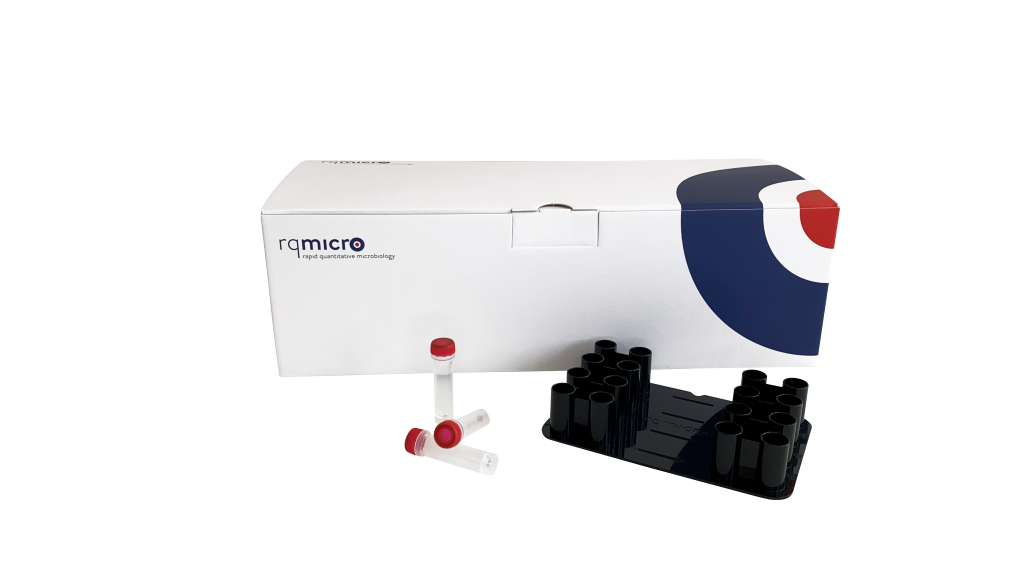
Intact Cell Count
Test kit for quantitative detection of total viable bacteria in water samples.
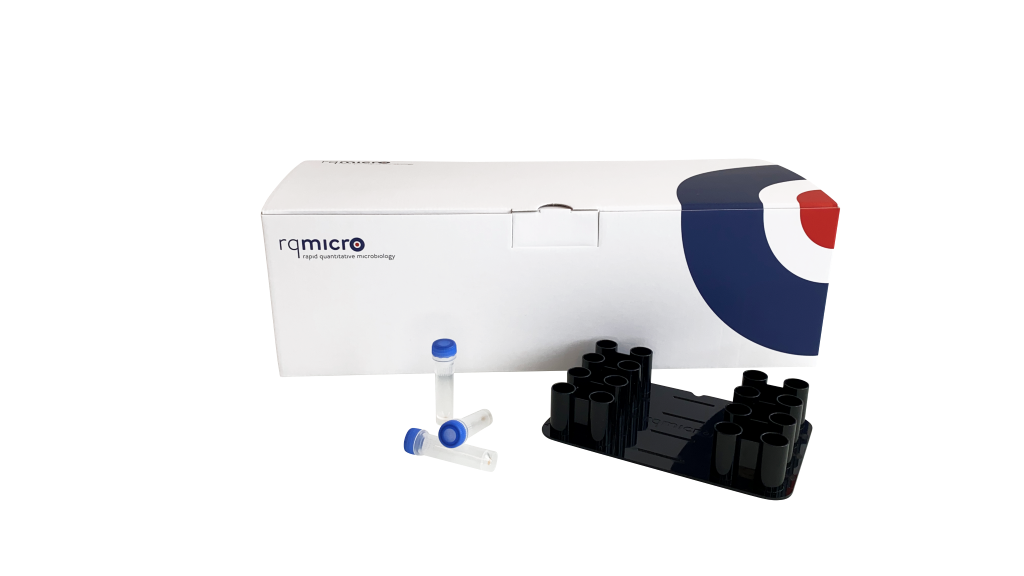
Total Cell Count
Test kit for quantitative detection of total bacteria in water samples.
Take the first step towards gaining a deeper understanding of what's affecting your water system.

Christophe Gutknecht
Senior Sales Manager
+41 78 229 51 15
christophe.gutknecht@rqmicro.com
Connect on LinkedIn
Book a consultation with Christophe
Recommended for You:

Monitoring and Testing Considerations for Water Utilities
Water utility companies need more than just a lab-based tool to check for possible contamination. They specifically need a system that is fast, reliable, and most importantly has the portability to allow them to easily bring that analytic proficiency into the field for on-site testing. rqmicro.COUNT does all that, and more.
READ MORE
